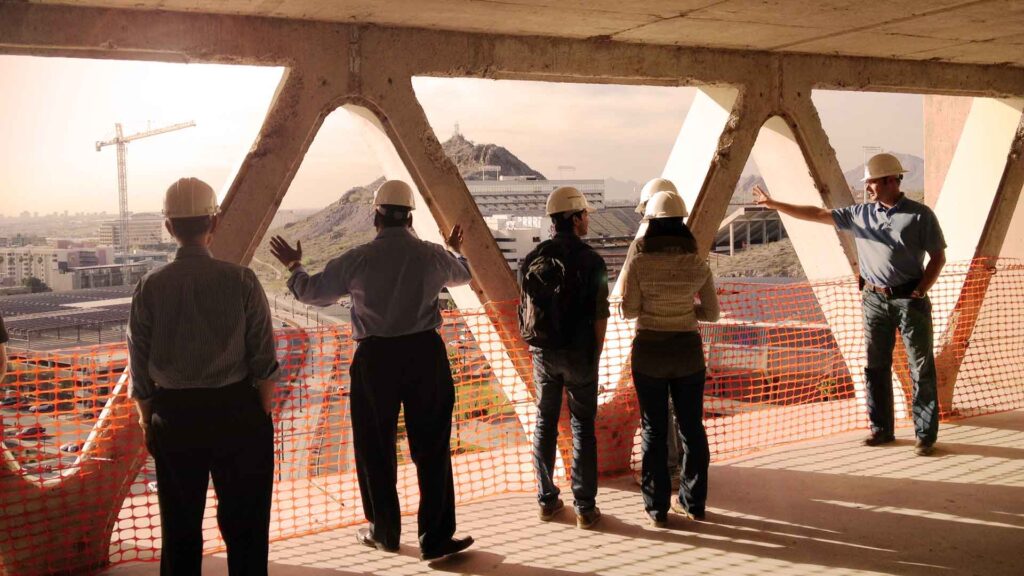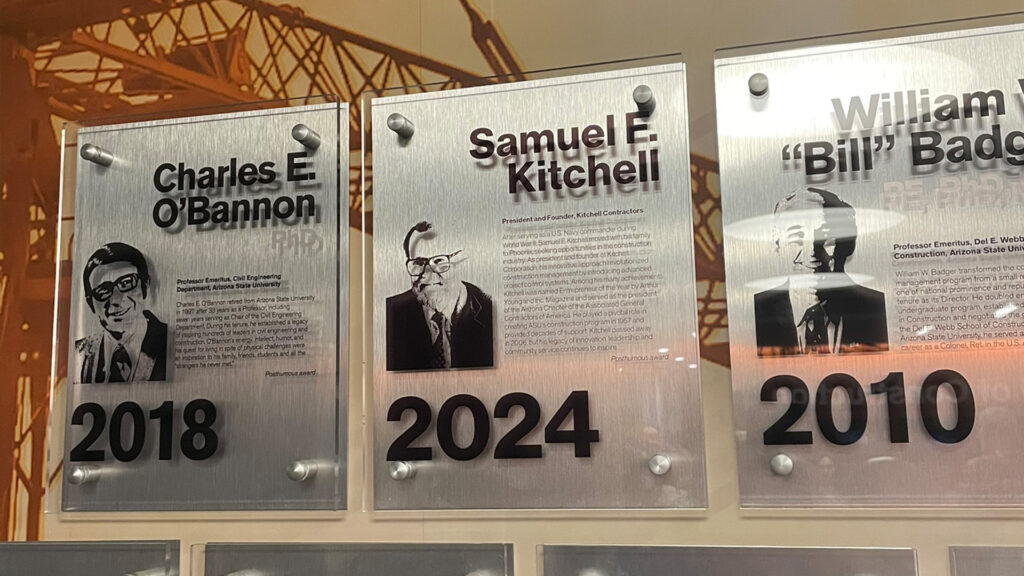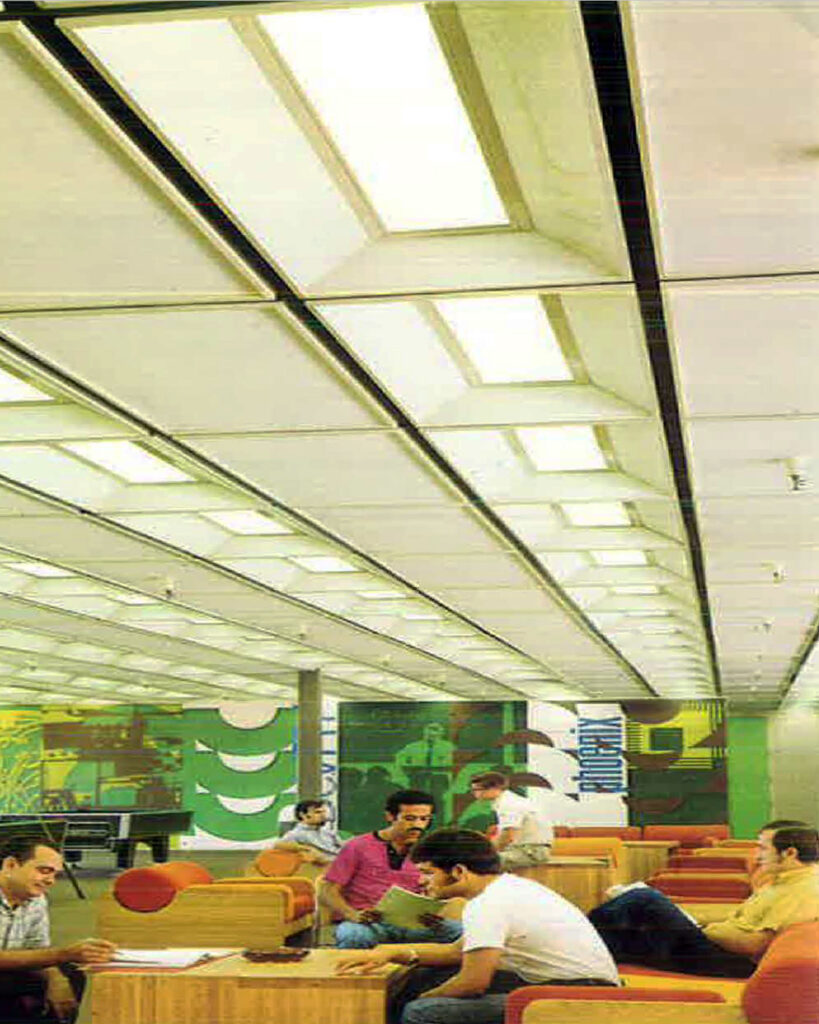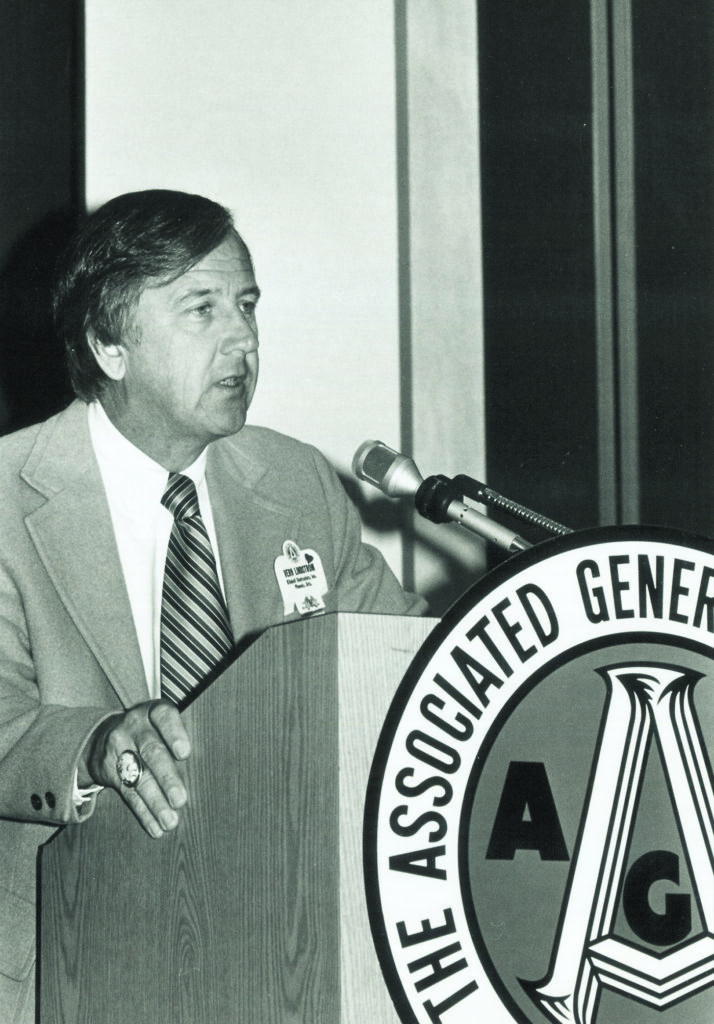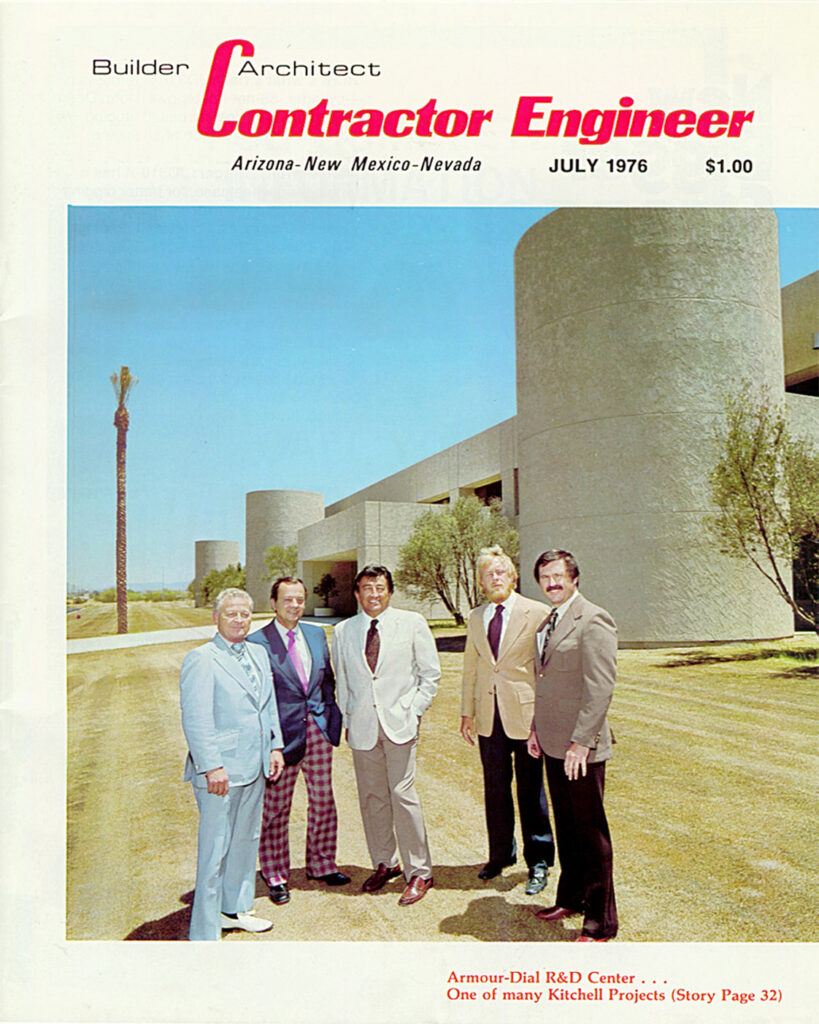Shane Mahan, Executive Director, Kitchell CEM
Encouraged by a trusted college counselor, Shane Mahan knew Kitchell was where he wanted to start his career. The offer didn’t come right away, but when it did, he jumped at the chance. Decades later, he credits the people, the projects, and a sense of family for keeping him here. “Kitchell has felt like a second family, with challenging and rewarding projects that continue to motivate me,” he says.
From Custom Homes to Center Stage
Shane Mahan began his Kitchell career in 1997, rising to Division Manager and Regional Executive of Kitchell Custom Homes in Santa Barbara. For nearly 15 years, he delivered high-end residences across California, with one defining project being the restoration of the Four Seasons Biltmore in Montecito.

In the following decade, he transitioned to Kitchell’s construction management side, where he now serves as Executive Director of Kitchell CEM. Among his most defining experiences is delivering the SAFE Credit Union Performing Arts Center in Sacramento in the middle of the COVID-19 pandemic. “We faced challenge after challenge, but never wavered,” he recalls. “That spirit of unity and perseverance is what Kitchell is all about.”
Guiding Principles
Shane doesn’t point to a single piece of advice that shaped him, but to two guiding principles: empowerment and ownership. To him, ownership means accountability, pride, and making every decision with care. “That mindset drives me every day,” he says.
Building What’s Next
For Shane, Forging the Future of the Built World is more than a vision statement—it’s a call to action. It challenges him to look past today’s hurdles and focus on building a legacy defined by innovation, leadership, and lasting impact. He believes Kitchell’s future depends on sustaining its culture while investing in the next generation. “I like to think I’m helping to train and inspire the next generation,” he says. “That ensures our culture, values, and brand live on.”
The People Behind the Projects
For Shane, the true measure of success isn’t just the projects delivered, but the people developed along the way. His focus is on building teams who lead with integrity, resilience, and pride in their work—values he believes will carry Kitchell forward for generations.
“In the end,” he reflects, “what matters most is the people who make Kitchell what it is. My hope is that I’ve helped prepare the next generation to keep that spirit alive.”
Owning every outcome—that’s the legacy Shane continues to build.
